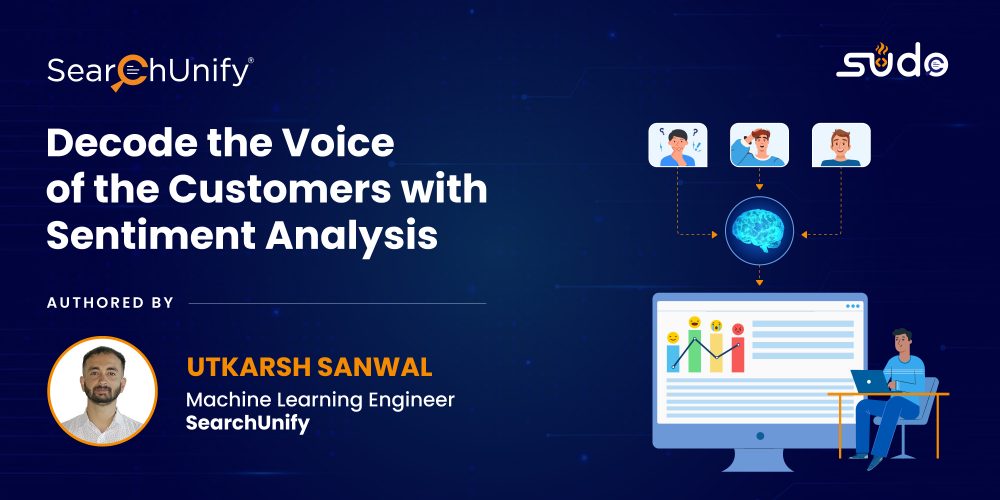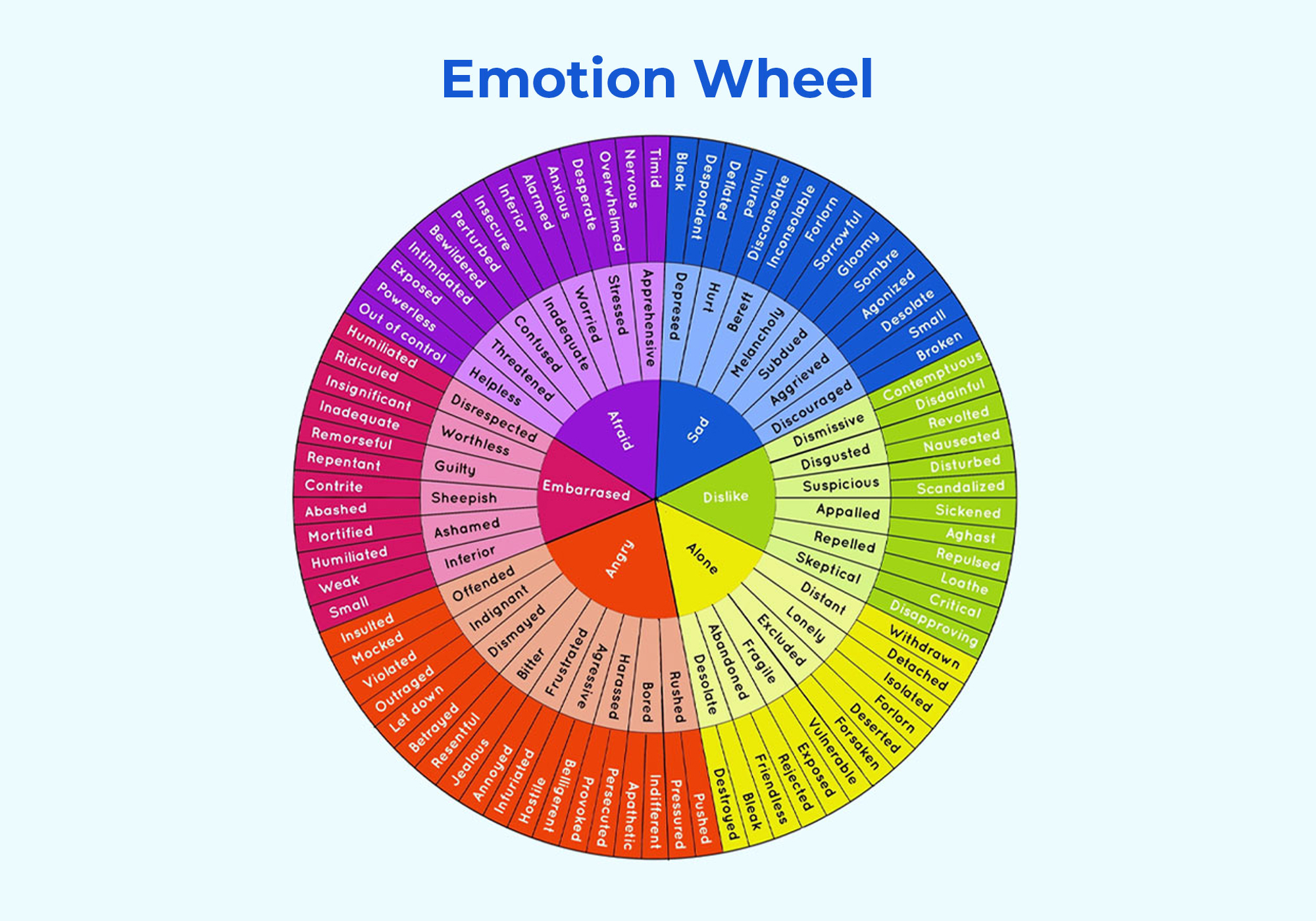
They love me… they love me not? They love me… they love me not — and in no time the entire flower is stripped of its beauty.
Source : GIPHY
What if this was Jeff Bezos contemplating the perception of Amazon’s products and services? He’d try to gauge the brand reputation and customer needs from feedback, won’t he?
In other words, he’d conduct sentiment analysis, albeit without the petals.
This is why deciphering user perception is imperative to brand success. And comprehending these nuances is the key to skyrocketing the business and thrashing ferocious competition.
It is not about “they love me, they love me not,” but about the minutest details of the product that can act as a deal breaker.
How?
Keep reading to know!
What is Sentiment Analysis?
Sentiment analysis, also referred to as opinion mining or emotion AI, is an automated process for analyzing and interpreting the text or expression as positive, negative, or neutral. It is a combination of natural language processing and machine learning algorithms to assign sentiment scores to themes, entities, or categories, within a phrase, idiom, or sentence.
For example:
- “Your customer support is awesome”– Positive
- “I am not sure if I like your customer support”– Neutral
- “Your customer support is pathetic”– Negative
Note: Although there are many emotions (see the emotion wheel for reference), these are the primary ones taken into consideration for sentiment analysis.

Source : www.betterup.com
But, Why is it Important?
Take a look at this Indigo Twitter Fiasco and how it dismantled the airline’s reputation piece by piece:

Source : medium.com
Indigo, an airline that boasts the highest on-time performance in domestic air travel and the largest share in the Indian market could have easily avoided this social media gaffe, don’t you think?
However, it couldn’t.
All it took was one disgruntled customer, misplaced baggage, sarcastic tweet, and wrong sentiment analysis (Indigo’s thanking Tweet) to ravage the carrier’s reputation.
This is why it is essential to conduct accurate sentiment analysis; it helps data analysts gauge public opinion, evaluate brand reputation, understand customer intent, prognose minor bugs, and conduct nuanced market research.
Additionally, companies often integrate third-party sentiment analysis APIs into their own customer experience management (CXM) ecosystem and social media operations, to help gather in-depth customer insights.
Common Approaches in the Industry
Now that you know what sentiment analysis is and why it is a hard, yet important, nut to crack, let us explore three common industry approaches to it:
1. Classification
In this, labeled datasets (containing the ground truth) and statistical models like Naive Bayes, Linear Regression, and Deep Learning are used to predict the user sentiments.
- Naive Bayes: An algorithm that predicts a text’s category based on Bayes’s Theorem. This algorithm relies on the principle that the occurrence of one feature is independent of the others. For example, the shape, size, color, and taste of orange are evaluated separately to reach a conclusion.
- Linear Regression: An extremely popular and widely used algorithm in statistics, wherein feature (X) is used to predict the value (Y).
- Deep Learning: A synchronized system of algorithms that mimics the human mind using artificial neural networks. It helps understand the text not on a superficial but at a deeper level, thereby conveying the true emotions and feelings of the writer.
The biggest drawback of this approach is that it is more expensive, taxing, and resource-extensive than other methods.
2. Rule-based or Lexicon
This system makes use of human-crafted rules to determine the subject, polarity, or main topic. These rules are based on various NLP techniques like stemming, tokenization, parsing, lexicons, and more. Additionally, the algorithms can be modified by developing smarter rules based on the context.
For instance, a support manager received the following feedback, “You guys are doing a great job. Loved your services.”
In this case, the rule-based approach will ascertain how many positive and negative words are used in the statement. If the number of positive words exceed the negative ones, then the sentiment is recorded as positive else vice-versa.
Although rule-based algorithms are promising, they are naive as they do not consider how words are combined in a sequence. They have to rely on outward inputs that are sometimes not fine-tuned, yielding inaccurate results.
3. Automatic or Machine Learning
Instead of human-crafted rules, this algorithm leverages NLP and ML to figure out the essence of the statement. The system is fed thousands of pre-defined negative, positive, and neutral expressions at the ‘training stage.’ With the newfound information, it can then venture into the ‘prediction stage.’
The biggest downside of this algorithm is that although it is intelligent, it can make some serious mistakes, the reason for which is difficult to interpret.
Why SearchUnify is the Sine Qua Non?
Product ratings and customer reviews are the gold standards to make any business shine. But it is important to bring the hidden sentiments to light using sentiment analysis, which is continuously evolving.
SearchUnify, a enterprise agentic platform, helps you keep up with this burgeoning change by combining the three common approaches for building a hybrid solution (using NLP, ML, and DL). So, you get the best of three worlds at one place.
We do that using our next-gen AI-powered apps: Escalation Predictor and Agent Helper, which have the highest effectiveness in aligning with customer expectations.
Our offshoots are holistic and well-adapted with slang, language, syntax, and other modern developments seldom embodied by other solutions. We extract many unique topics of interest from the user’s expression, tailor a personalized vocabulary, and tokenize them for easy interpretation and more granulated results.
For example:
“It is a great tool with best-in-class solutions. But I am not sure how to use it properly.”
This feedback is tokenized, analyzed, and scored using AI, ML, and DL algorithms. Here “great”, and “best-in-class” are positive expressions but “how to use” and “not sure” shows confusion and neutrality. The sentiments are then totaled to reach the final conclusion, which in this case is POSITIVE.
This is how finer outcomes are obtained, with maximum accuracy and success rate.
So, what are you waiting for? Start digging into those sentiments right away.
Request a demo to see how SearchUnify can be of assistance!










